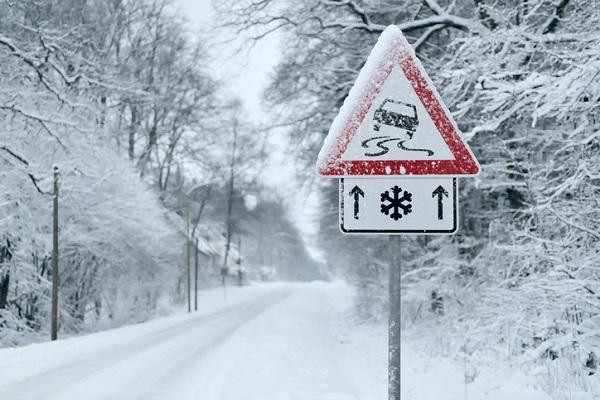Winter and All-Weather Tires: What an Automotive Service Technician Needs to Know

If you were to judge solely based on their names, you would think that all-weather tires functioned just as well as winter tires in snowy conditions. However, this is not the case and their performance depends on various factors. There are important differences between them—as well as with the similarly named all-season tires, which are sometimes confused with all-weather ones.
While winter tires are meant to provide control to drivers in heavy snowfall and harsh winter conditions, all-weather tires are suited to less high-intensity winters. All-season tires, on the other hand, are not suited to winters when things get icy, slushy or snowy and temperatures get low. Read on for the differences between winter and all-weather tires, so you know exactly what to expect in your automotive career.
Important Facts for Auto Mechanics About All-Weather Tires
Mechanics need to have basic knowledge about tire types, so that they can assist, advise and serve their customers properly. All-weather tires are unique and have defining traits that you should be able to identify. Firstly, all-weather tires and winter tires are both marked with a universal symbol featuring a snowflake inside of a mountain shape with three peaks. This is one of the many symbols you will be familiar with in your career after auto service college.
However, this does not mean that both tires perform equally well in the snow. Unlike winter tires, all-weather tires are not designed for climates that get regular snowstorms or extreme winter weather. While all-weather tires are meant for use all year round to an extent, more extreme winters require winter tires. In climates with mild winters, drivers can leave all-weather tires on their cars year round without worrying about switching them for snowball fight season.
An important difference can be found in the rubber. The rubber on all-weather tires is able to retain flexibility below 7 degrees Celsius, unlike all-season tires that harden when temperatures drop. When the rubber on all-season tires hardens, the tread can’t grip the road and slipping occurs.

Why Winter Tires Are Necessary in Many Climates
Winter tires are necessary by law in some climates. For example, in Quebec and some mountainous areas of British Columbia they are mandatory during winter. All-weather tires work nicely in areas that only get hit once in a while with icy conditions and snowstorms, but where the winters are quite severe, it’s necessary to have the best protection available.
One reason winter tires perform better is due to tire siping. Tire siping involves cutting slits into the surface of the rubber to increase traction. On winter tires, there is often a special zigzag siping pattern that enables flexion and more surface area to come in contact with the ground. The edges that the siping creates bite down into the ice or snow for better grip and control. Increased siping also allows for liquid and slush to be pushed out of the rubber, preventing it from accumulating on the tires and making them slippery.
Features like this don’t appear on all-season tires, because they would increase resistance. In mild weather, smooth rolling means less energy is required and vehicles can move more efficiently. A winter tire in this case would unnecessarily impede the car. When dealing with frosty conditions, the increased resistance is welcomed in exchange for grip. As an automotive service technician it’s important to understand the benefits of winter versus all-weather tires and how they depend on local driving conditions.

Are you interested in training for auto mechanics?
Contact Automotive Training Centres for more information!

